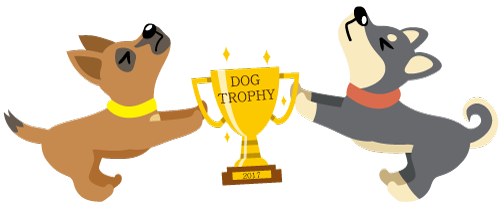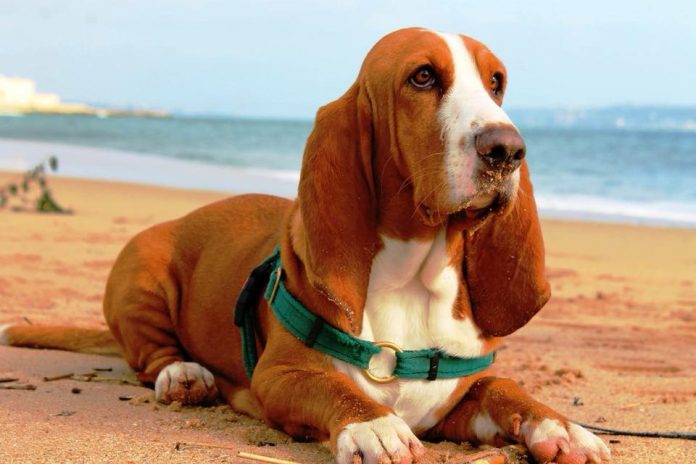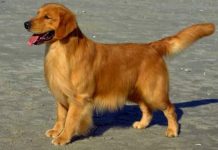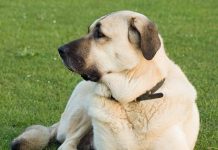Basset Hound belongs to a hunting dog breed and its very good seeker. He wanders off because he has it in his blood, finds a trail and follows him, which means he wanders off. Their short legs, long ears and expressive eyes will melt even the hardest hearts. Their bodies are large and their skin is changing, hence their famous ‘Sad Look’.
Description
– Country of origin: France / United Kingdom
– Height: Male dogs 30-38 centimeters, Female dogs 28 – 36 centimeters
– Weight: Male dogs 24 – 29 kg, Female dogs 21 – 27 kg
– Color: brown-white, black-and-white, yellow-white, red-white
Temperament
The Basset is a great breed of dogs for hunting and exhibition. This breed is a true friend, quite energetic and especially cheerful. The Basset by nature is a family dog and very intelligent, so it can be said that they are easy to train. If you use the method of punishment when training, then the Bassets can, in a way, close in on you and become withdrawn. In those situations, they absolutely lose the desire to learn and become depressed. It is characteristic that this breed has a pronounced sense of smell and often knows how to move on a trail until it finds something new.
The etymological name of this breed indicates something low. The whole body of this breed of dog is muscular. Bassets have short legs. Shortness of breath is the result of the low growth of this breed of dog called achondroplasia. This breed of dog has a round head and more facial skin, which especially comes to the forehead when the dog is looking for a trace.
Because they have short legs, they move much more slowly. Their tails are long and upright. They have deep barking. They are great pets and will immediately become your best friends. Bassets go great with other dogs and other pets. Bassets are quite loud and don’t want to be alone.
Health
This dog breed can have health problems so you can take care that your dog can live a healthy and long life. Among the many health problems that occur are anterior leg hormone, obsessive-compulsive disorder, entropy, ectropion, external otitis, glaucoma, extravaginal disease, gastric torsion, and canine thrombosis.
Care
The fur on the bassets should be brushed frequently as well as during the dog’s time. In that case, we will remove the dead and damaged hair. Their ears need to be cleaned regularly to prevent infection. Also, occasionally clean those wrinkled parts of the body. Bassets require regular physical activity, which means they have to walk every day. If you have a yard you can let them play in the yard. You should know that you must not allow the bassets to become too lazy because with inactivity they can gain weight and become depressed. Great attention should be paid to the long ears that can collect dust that will lead to infection over time.
Feeding
The Basset, like some dog breeds, is prone to obesity, so we need to be careful about what we give them. They are always hungry, they like to eat, so they can often be quite fat. They do not distinguish between purchased and prepared food. It is best to feed them granules, but we should know that three times a week we should give them meat with bones and it should be prepared with a few vegetables.
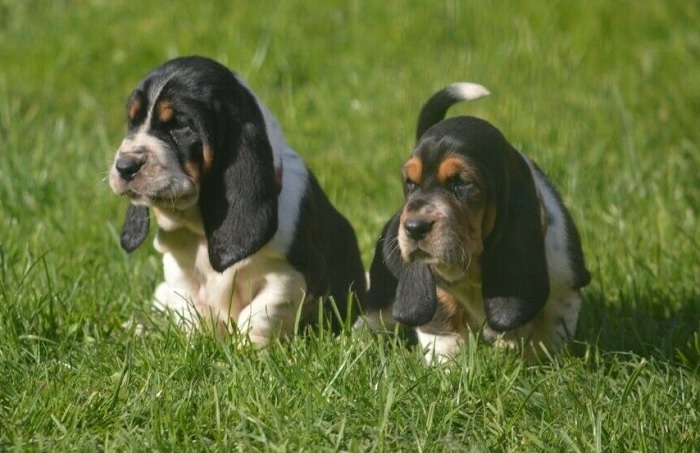
Puppy
Basset Hound puppies are growing fast, but it’s interesting that their ears grow last. First, they have small and thick ears, but later they apparently grow daily. When are Basset Hound Puppies it’s like a comedy movie. It happened so often to step up on their ear and fall down.
History
The Basset is a hunting dog with short legs and originates from ancient Egypt. It can be said that the Basset was first mentioned in the sixteenth century as a badger hunter. Today’s appearance of this breed of a dog appears in the UK in the mid-nineteenth century. An interesting fact is that this breed of dog is mentioned in the hunting book – La Venerie from 1585 by the author Jacques du Fouilloux.
In the beginning, this dog breed was popular with the French aristocrats, and after the French bourgeois revolution, they became hunting dogs. In the nineteenth century, the British Lord Galway brought a pair to England, and from that moment on the Basset began to multiply. Furthermore, in 1874 Sir Everett Millais brought a copy of this breed from France and named it Model. He literally promoted this dog breed throughout England. This race is thought to have originated in the Americas during colonial times. The American Kennel Club began registering this dog breed in 1885, and the first known dog of this breed was called the Bouncer.
